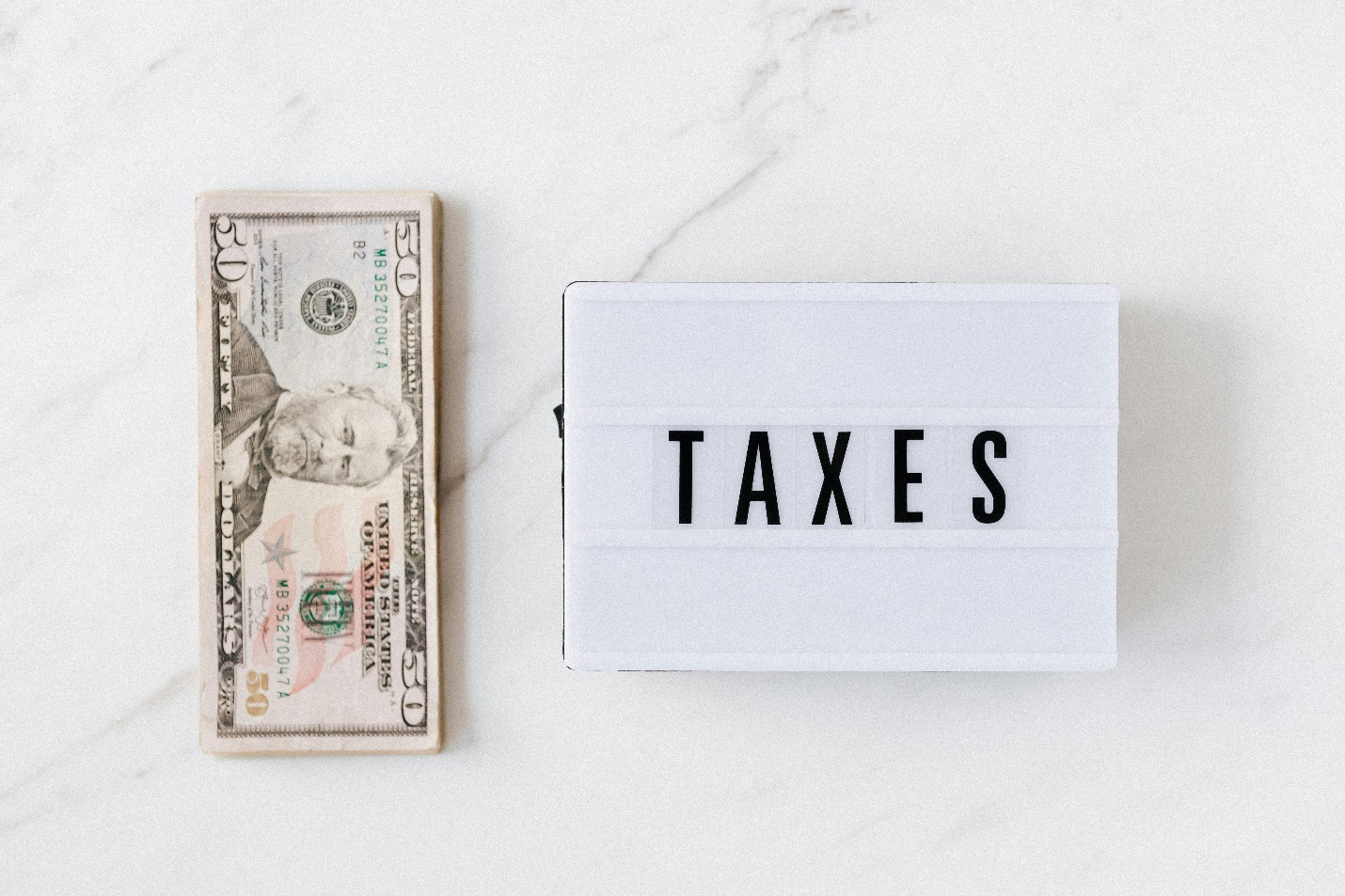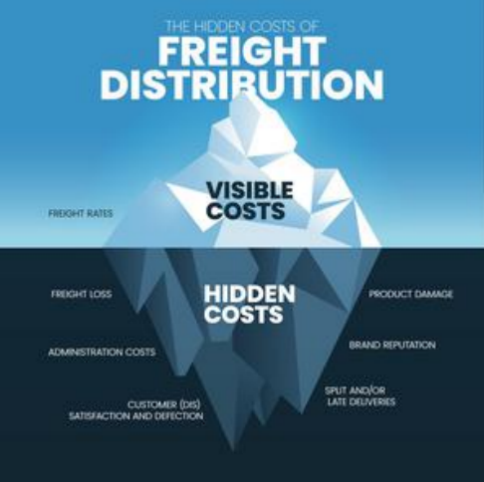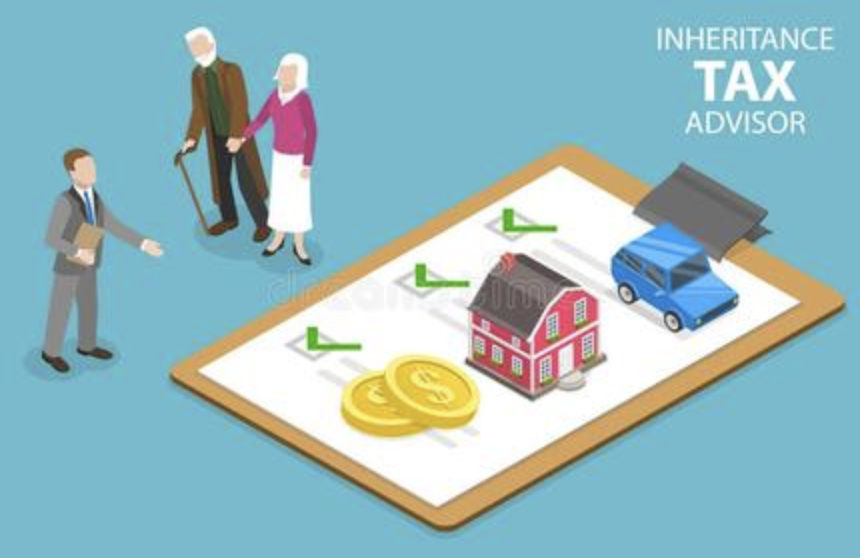A Home Equity Line of Credit (HELOC) can be a powerful financial tool for homeowners, offering access to funds secured by the equity in their home. This flexibility makes HELOCs attractive for financing home renovations, funding new investments, or covering unexpected expenses. However, it's crucial to understand how they work and whether they're the right choice for your financial situation.

Understanding HELOCs:
A HELOC is a revolving line of credit, similar to a credit card, but secured by your home's equity. The amount you can borrow is typically a percentage of your home's value, minus any existing mortgage balance. You draw funds as needed, pay interest only on the drawn amount, and repay the principal over a specified period (draw period). After the draw period, the loan converts to a term loan, requiring repayment of both principal and interest.
Using a HELOC to Fund Home Renovations:
Home renovations can significantly increase your home's value and improve your living space. A HELOC can be an ideal financing option because:
- Lower Interest Rates: HELOC interest rates are often lower than personal loans or credit cards, resulting in significant long-term savings.
- Tax Deductibility: Interest paid on a HELOC used for home improvements may be tax-deductible (consult a tax professional for specifics).
- Flexible Access to Funds: You can draw funds as needed, allowing you to manage renovation expenses efficiently.
Before using a HELOC for renovations:
- Create a Detailed Budget: Accurately estimate all renovation costs to avoid overspending and ensure you borrow only what's necessary.
- Compare HELOC Offers: Shop around for the best interest rates and terms from multiple lenders.
- Take into Account the Effect on Your Debt-to-Income Ratio: By raising your debt, a HELOC affects your credit score. Make sure you can handle the extra debt with ease.
Using a HELOC to Fund New Investments:
While less common, HELOCs can also be used to fund new investments, such as starting a business or investing in real estate. However, this approach carries higher risk:
- Higher Risk: If the investment fails, you risk losing both your investment and your home.
- Interest Rate Fluctuations: HELOC interest rates can fluctuate, potentially increasing your repayment costs.

Before using a HELOC for investments:
- Extensive Investment Research: Before utilizing a HELOC, carefully weigh the possible risks and rewards of the investment.
- Invest in a variety of ways: Avoid taking on too much at once. To reduce risk, diversify your investments.
- Emergency Fund: Make sure you have enough money set up for unforeseen costs.
Key Considerations Before Taking Out a HELOC:
- Credit Score: A good credit score is essential for securing a favorable HELOC interest rate.
- Debt-to-Income Ratio: Lenders assess your debt-to-income ratio to determine your ability to repay the loan.
- Loan Terms: Carefully review the loan terms, including the draw period, repayment schedule, and any fees.

Conclusion:
A HELOC can be a valuable financial tool for funding home improvements or investments, offering flexible access to funds and potentially lower interest rates. However, it's crucial to understand the risks and responsibilities involved. Thorough planning, careful budgeting, and a comprehensive understanding of your financial situation are essential before utilizing a HELOC. Consult with a financial advisor to determine if a HELOC is the right financial solution for your specific needs.






